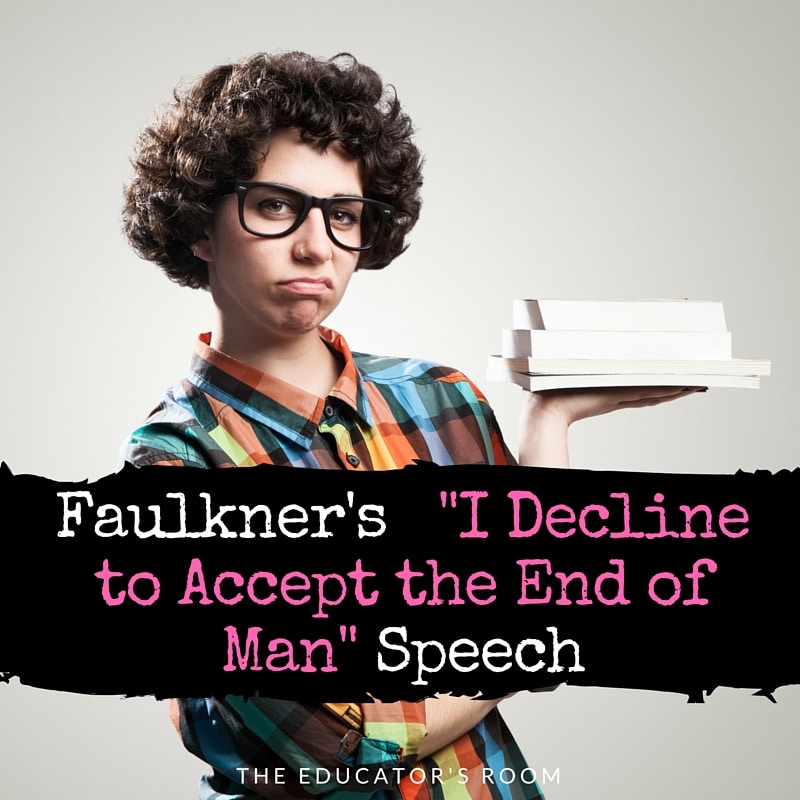[fusion_builder_container hundred_percent=”yes” overflow=”visible”][fusion_builder_row][fusion_builder_column type=”1_1″ background_position=”left top” background_color=”” border_size=”” border_color=”” border_style=”solid” spacing=”yes” background_image=”” background_repeat=”no-repeat” padding=”” margin_top=”0px” margin_bottom=”0px” class=”” id=”” animation_type=”” animation_speed=”0.3″ animation_direction=”left” hide_on_mobile=”no” center_content=”no” min_height=”none”] This summer, I plan to spend time organizing question stems to spark critical thinking and post them on a number of slides to share with teachers. OR I could shorten the process and use just […]
Colette Bennett
Colette Marie Bennett is the Curriculum Coordinator for English Language Arts, Social Studies, Library Media, and Testing for the West Haven Public School System in West Haven, Connecticut.
Previous to this position, she served as the Chief Academic Officer (7-12) for Regional School System #6 in Litchfield, Connecticut. She has 23 years of teaching experience in English Language Arts from grades 6-12, including electives in journalism, drama, and film studies.
A graduate of the Alternate Route to Certification, Bennett also has a Masters in English from Western Connecticut State University a 6th year in Advanced Teaching and an 092 Administrative Certificate from Sacred Heart University, and graduate credits from the GLSP in Social Studies at Wesleyan University. She holds a Literacy Certification (102) from Sacred Heart University for grades K-12.
She has presented how technology is incorporated in classrooms at the Connecticut Computers in Education Conference (2010, 2012, 2014), the National Council of Teachers Annual Conference (2010, 2012, 2013, 2014, 2015), and the Advanced Placement Annual Conference (2011) the Literacy for All Conference (2012), and the ICT for Language Learning in Florence, Italy (2014).
She blogs about education at Used Books in Class: http://usedbookclassroom.wordpress.com/
She tweets at Teachcmb56@twitter.com
Advice from Adventures in Seating Plans
The seating plan is often thought of as an important element for student success. From the first day of school, the seating plan is a teacher’s strategy for learning student names, and student names can be the most important piece of information a teacher can gather the first day of school. For that reason most teachers choose to use […]
Twain's Satire in "Advice to Youth" Speech
Students have regular exposure to forms of mockery, ridicule, derision, scorn, or caricature on social media, on TV, on film, or Youtube, yet many still do not understand satire. Despite living in an atmosphere saturated 24/7 with “humor, irony, exaggeration, or ridicule that exposes and criticizes people’s stupidity or vices,” when students read satire, they say they just don’t “get it.” Perhaps […]
Steinbeck’s Nobel Prize Speech-"the Word is with Men"
[fusion_builder_container hundred_percent=”yes” overflow=”visible”][fusion_builder_row][fusion_builder_column type=”1_1″ background_position=”left top” background_color=”” border_size=”” border_color=”” border_style=”solid” spacing=”yes” background_image=”” background_repeat=”no-repeat” padding=”” margin_top=”0px” margin_bottom=”0px” class=”” id=”” animation_type=”” animation_speed=”0.3″ animation_direction=”left” hide_on_mobile=”no” center_content=”no” min_height=”none”] When American authors are studied in the secondary English Language Arts classroom for their short stories and their novels, John Steinbeck is usually featured. Students, however, may not have read a […]
Ursula Le Guin's Speech as Literary Informational Text
[fusion_builder_container hundred_percent=”yes” overflow=”visible”][fusion_builder_row][fusion_builder_column type=”1_1″ background_position=”left top” background_color=”” border_size=”” border_color=”” border_style=”solid” spacing=”yes” background_image=”” background_repeat=”no-repeat” padding=”” margin_top=”0px” margin_bottom=”0px” class=”” id=”” animation_type=”” animation_speed=”0.3″ animation_direction=”left” hide_on_mobile=”no” center_content=”no” min_height=”none”] Science fiction and fantasy are among the most popular genres in both film and book publishing, but they are often underrepresented in the English Language Arts offerings in the secondary classroom. There are […]
Give Students What They Want to Read for Reading Practice
The middle school or high school classroom library can be an important tool in making students life-long readers, but how to choose what goes into a classroom library for independent reading? Providing the books that student want to read is different than pre-selecting books that students should read. Yes, educators believe that students should read selections from the literary canon, for example, those […]
Faulkner’s "I Decline to Accept the End of Man" Speech
American authors are studied in the secondary ELA classroom for their writing style and contributions to literature. 20th Century writer William Faulkner (1897 –1962) is one such author whose short stories (A Rose for Emily, The Bear, Barn Burning) are often anthologized in textbooks. His novels ( As I Lay Dying, Light in August, Absalom, Absalom!)are also featured in classrooms […]
Celebrating the Genres in Anne Frank's Diary
Anne Frank: The Diary of Young Girl transcends the labels of genre. Yes, as the title suggests, it is a diary, but it is also a memoir, a narrative, an argument, an expository journal, an informational text, and much more. Yet, these genres listed are treated as separate and distinct in the reading and writing standards of the Common Core (CCSS). The […]



